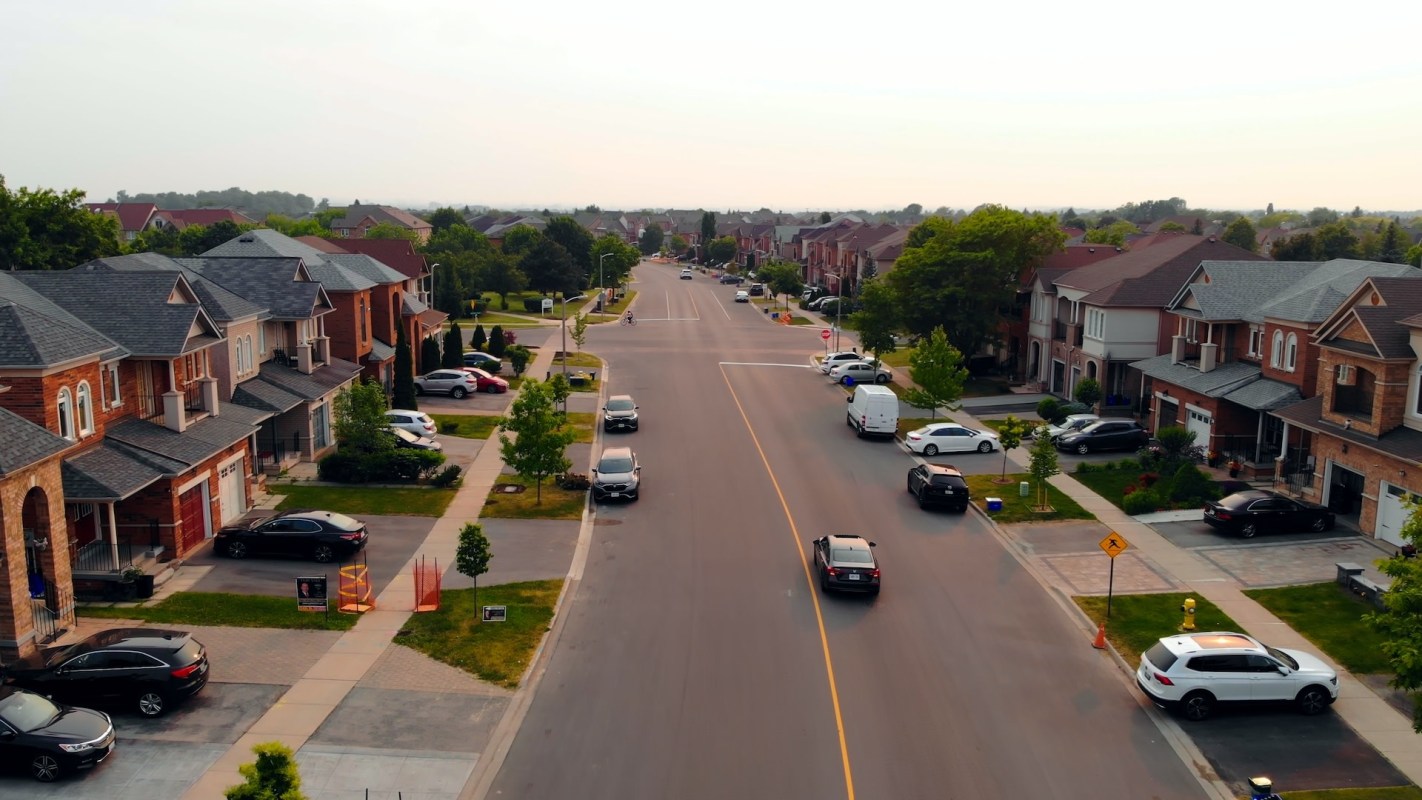The rising number of electric vehicle purchases in the United States in 2023 is welcome news for the environment. It means motorists are relying less on polluting, dirty-fuel-powered vehicles to get from A to B.
According to the U.S. Energy Information Administration, hybrid, plug-in hybrid, and battery electric vehicles comprised 16.3% of light-duty vehicle sales in the country in 2023, rising from 12.9% of total sales in 2022. This increase is likely in part due to the Inflation Reduction Act, which offers buyers tax incentives or money off EV purchases.
However, rising EV and hybrid sales are not so compatible with another thing that's on the rise in the United States. HOA-USA says over 53% of occupied homes in the United States are under a homeowners association, representing over 40 million properties.
In addition to sometimes blocking positive, money- and planet-saving changes to a household, such as installing solar panels or opting for a native plant garden rather than a monoculture lawn, HOAs often don't make it easy for residents to add EV charging technology at home.
But some homeowners will be comforted by "right-to-charge" laws, which are in place in at least 10 states, according to The Washington Post. Residents of California, Colorado, Florida, and Hawai'i, among others, can benefit from this policy, which gives residents the right to install electric vehicle charging at their property.
While some homeowners will be allowed to install EV charging in a garage or outside in a driveway, others can request public parking access, while some apartment or condo residents can call on HOAs to add charging capabilities to communal buildings, which can even allow for the property to make money.
The rules vary from state to state, with some applying to just homeowners rather than renters, for example, but there is at least some ammunition for residents who want to make the most of zero-tailpipe pollution cars.
The Washington Post suggested reaching out to landlords or HOAs to install this technology, which will benefit residents and may also make a property more valuable. The publication even shares a link for a template letter from ChargePoint that can make the job easier, and The Cool Down has our own broader guide for tips on getting your HOA to make changes.
HOAs and landlords have a reputation for stubbornness, but setting out your case clearly with sufficient evidence can help persuade these parties that such a change offers benefits for all.
Join our free newsletter for cool news and actionable info that makes it easy to help yourself while helping the planet.








